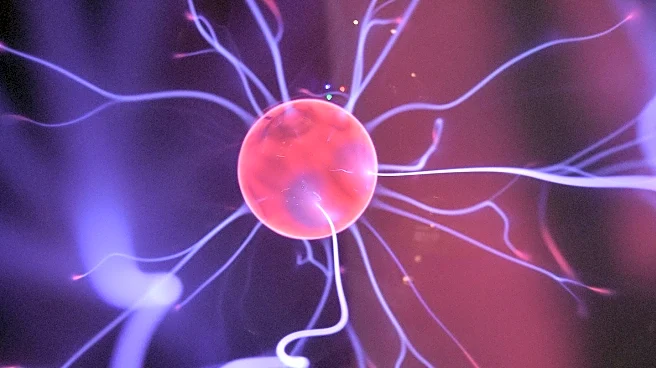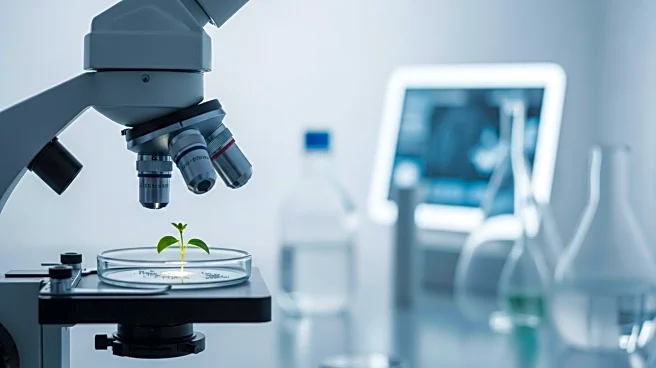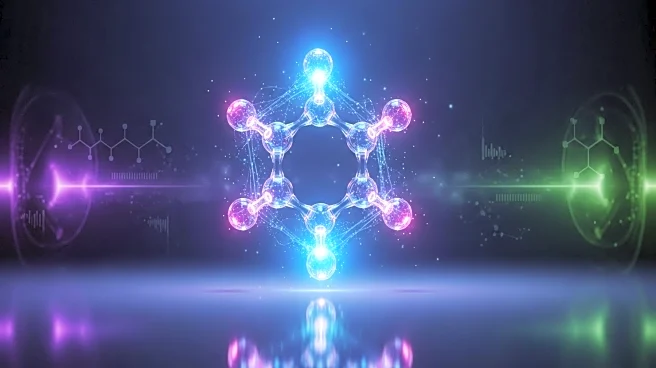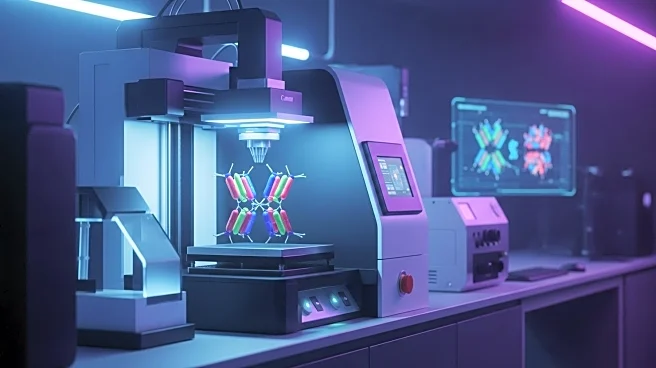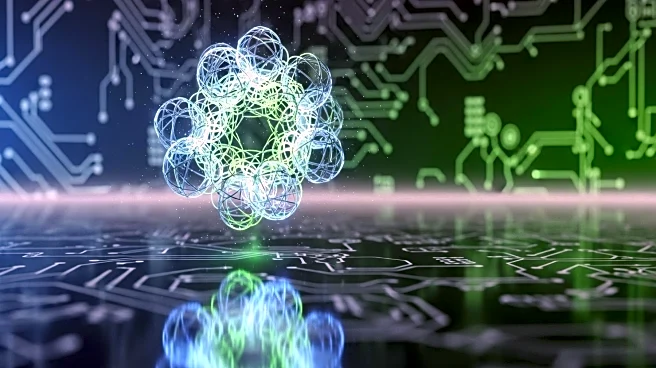What's Happening?
Researchers at the NYU Pain Research Center have identified a receptor in prostaglandins responsible for pain but not inflammation, potentially leading to more selective pain treatments. The study, published in Nature Communications, found that blocking the EP2 receptor in Schwann cells can eliminate pain responses without affecting inflammation. This discovery challenges the common belief that inflammation and pain are inseparable, suggesting that inflammation can be beneficial for healing. The findings could pave the way for new pain management drugs that avoid the side effects associated with non-steroidal anti-inflammatory drugs (NSAIDs), which are widely used but can cause serious health issues with long-term use.
Why It's Important?
This breakthrough has significant implications for pain management, offering a potential solution to the limitations of current NSAIDs. By targeting the EP2 receptor, new drugs could provide pain relief without the adverse effects of inhibiting inflammation, which is crucial for healing. This approach could benefit patients with conditions like arthritis, where inflammation is part of the healing process. The development of such drugs could reduce healthcare costs associated with NSAID-related complications and improve the quality of life for millions of patients who rely on pain relief medications.
What's Next?
The researchers are continuing pre-clinical studies to explore the potential of EP2 receptor-targeting drugs for treating pain in conditions typically managed with NSAIDs. Further research is needed to assess the safety and efficacy of these drugs, particularly regarding side effects when administered systemically. If successful, this could lead to a new class of pain management therapies that offer effective relief without compromising the body's natural healing processes.

